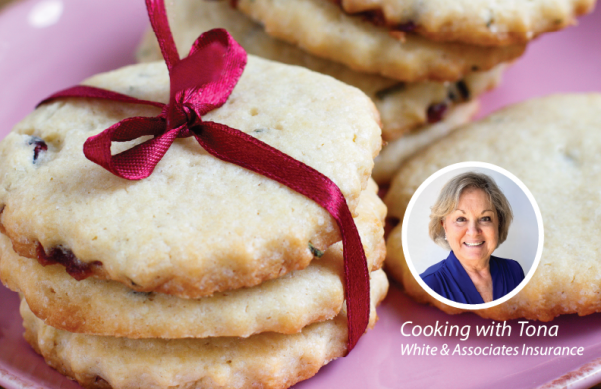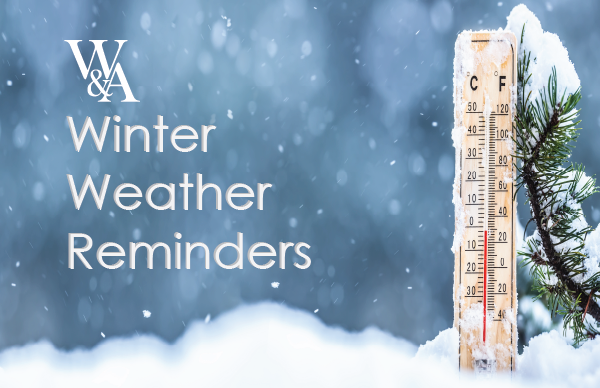Shortbread cookies are a favorite for Holiday get-togethers. This recipe gives you cookies that are free of both processed sugar and gluten, so they are perfect for everyone that you are blessed with to celebrate the season!
Ingredients
2 cups cassava flour
¼ tsp aluminum free baking powder
1/8 tsp iodized sea salt
1 cp Kerrygold Irish casein A2 butter (softened to room temp. I usually leave mine out overnight so that it is soft.)
¾ cup of Swerve confectioner’s sugar substitute
2 tsp. organic pure vanilla
1 tsp. almond extract
Zest of 1 orange or zest of 2 lemons (your flavor preference)
2 cups of unsweetened dried cranberries
Instructions
Mix cassava flour, baking powder and salt together in a bowl.
In a separate bowl, beat butter and Swerve together until completely combined using an electric mixer.
Add vanilla, almond extract and zest to butter and Swerve.
Add the dry ingredients to the butter mixture and turn your mixer down very low and blend just until it all comes together. Cassava flour is very dry. The flour will fly up in a cloud if you don’t mix it slowly. The batter will be very crumbly.
Mix in dried cranberries by hand.
Dump the batter onto a cutting board or wax paper. Compress the batter into a tight ball and cut the ball in half.
Make two 7 to 8 inch long logs with the batter depending on how big you want the cookies to be.
Tightly wrap the logs in plastic wrap and refrigerate overnight.
Preheat oven to 350 degrees.
Remove batter from the plastic wrap and cut ¼ to ½ inch discs. Use a very sharp knife. (your preference of thickness)
Place discs on a parchment lined cookie sheet and bake for 10 to 12 minutes until set, but not browned.
Let the cookies rest until they are completely cooled. They will fall apart if you move them before they are completely cooled.

